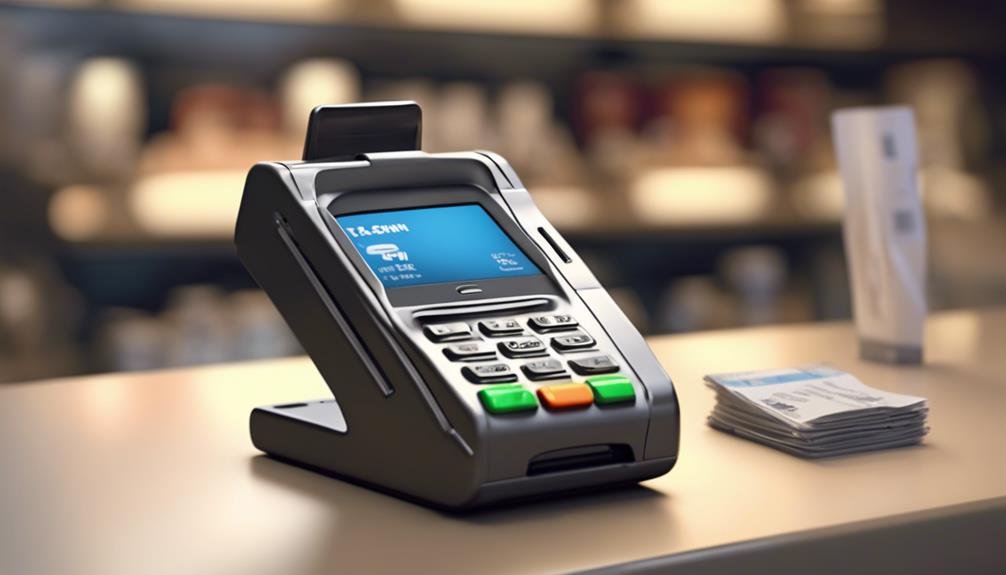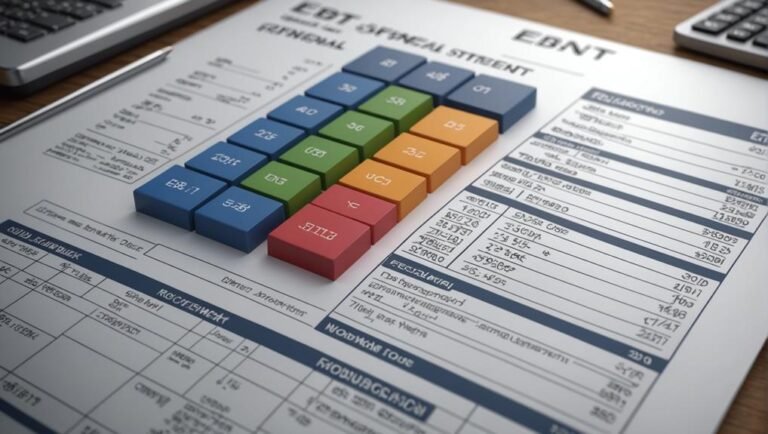Contactless Payment: History, Advantages, and Examples
Contactless payment utilizes RFID technology and NFC, transforming traditional payment methods. Tapping a card near a terminal enables swift and secure transactions, reducing the need for swiping or PIN entry. Benefits include seamless and secure transactions, reduced checkout wait times, and enhanced security through encryption technology. This evolution signifies a shift towards efficient and secure financial transactions, embracing quick and convenient tap-and-go methods. Contactless technology is revolutionizing payment methods across various industries, integrating with mobile wallets and offering streamlined in-store, online, and in-app purchases. Global adoption is rising, with NFC technology driving secure transactions and a move towards a cashless society.
Key Takeaways
- Contactless payment utilizes RFID technology and NFC for swift and secure transactions.
- It revolutionizes traditional payment processes by reducing the need for swiping or PIN entry.
- Benefits include seamless and secure transactions, reduced wait times, and enhanced security through encryption technology.
- Evolution reflects a shift towards efficient and convenient payment methods, embracing tap-and-go transactions.
- Contactless payment applications range from mobile wallets to in-store, online, and in-app purchases, prioritizing convenience and security.
Contactless Payment Explained
Contactless payment, utilizing RFID technology and NFC, revolutionizes the traditional payment process by allowing users to simply tap their card near a terminal, enabling swift and secure transactions without the need for swiping or PIN entry.
The advantages of contactless payment include faster transactions, increased convenience, and enhanced security protocols. With information being electronically sent to the bank, encryption is utilized to reduce fraud risk, ensuring a safe payment environment for users.
Additionally, contactless payment systems have varying transaction limits based on country and bank regulations. By eliminating the need for physical contact with the terminal, contactless payment not only streamlines the payment process but also minimizes the risk of card skimming and other fraudulent activities.
Benefits of Contactless Technology
The advancement of contactless technology has greatly transformed the way consumers interact with payment systems, offering a seamless and secure method of completing transactions. One key benefit is the speed at which transactions can be processed, greatly reducing wait times at checkout. Faster transactions are made possible by simply tapping a card or device against a contactless-enabled terminal, eliminating the need for swiping or inserting cards.
Additionally, contactless technology enhances security by reducing the risk of card skimming and counterfeit fraud due to the encryption technology used in these transactions. This added layer of security provides consumers with peace of mind knowing that their payment information is being transmitted securely to the bank, making contactless payments a reliable and convenient option.
Evolution of Contactless Transactions
As contactless technology continues to reshape the landscape of payment systems, the evolution of contactless transactions reflects a dynamic shift towards more efficient and secure methods of conducting financial transactions.
Contactless trends indicate a growing preference for quick and convenient payment methods, with consumers and businesses alike embracing the speed and simplicity offered by tap-and-go transactions.
The future growth of contactless payments is promising, with advancements in technology enhancing security features such as encryption to mitigate fraud risks.
As more countries and industries adopt contactless payment systems, the evolution towards a cashless society seems increasingly likely, with contactless transactions becoming the norm rather than the exception in the global financial ecosystem.
Contactless Payment Applications
The proliferation of contactless payment applications in various industries underscores a significant paradigm shift towards efficient and secure financial transactions. Mobile wallets have revolutionized the way consumers make payments, offering unparalleled convenience and speed.
Services like Apple Pay, Google Pay, and Samsung Pay have integrated contactless technology into in-store, online, and in-app purchases, providing users with a seamless payment experience. These digital wallets securely store payment information, allowing for quick and secure transactions without the need to swipe cards or enter PINs.
The widespread adoption of mobile wallets highlights the increasing demand for streamlined payment solutions that prioritize user convenience while maintaining robust security measures.
Technology and Adoption Trends
Advancements in technology and shifting consumer preferences are driving notable trends in the adoption of contactless payment solutions worldwide. With the widespread integration of NFC technology in smartphones and payment terminals, contactless payments have become increasingly popular due to their convenience and speed.
Global adoption of this technology is on the rise, with countries like Australia, Canada, and the UK leading the way in contactless payment acceptance. NFC technology enables secure transactions by allowing devices to communicate over short distances, making payments safer than traditional magnetic-stripe cards.
As consumers seek faster and more secure payment methods, the adoption of contactless payment solutions is expected to continue its upward trajectory, reshaping the way transactions are conducted globally.
Conclusion
To sum up, contactless payment systems have revolutionized the way individuals conduct financial transactions, offering a seamless and secure method of payment.
Despite challenges in widespread adoption, the evolution of contactless technology has paved the way for a more convenient and efficient way of conducting monetary exchanges.
With advancements in technology and increasing acceptance among merchants, contactless payment systems are poised to become the norm in the future of financial transactions.







